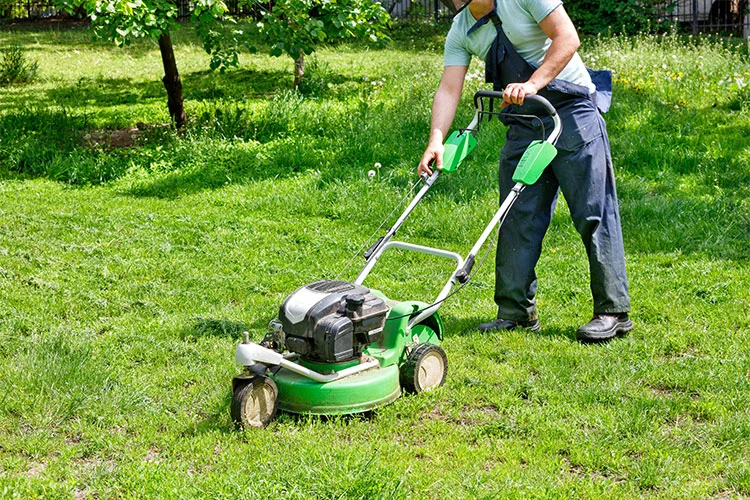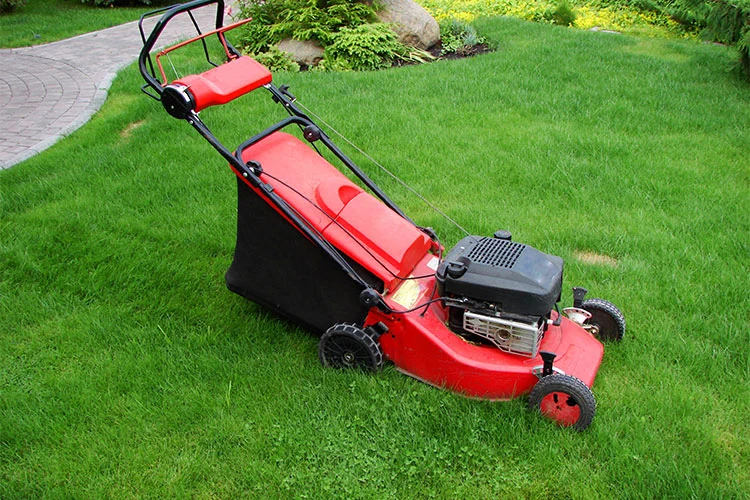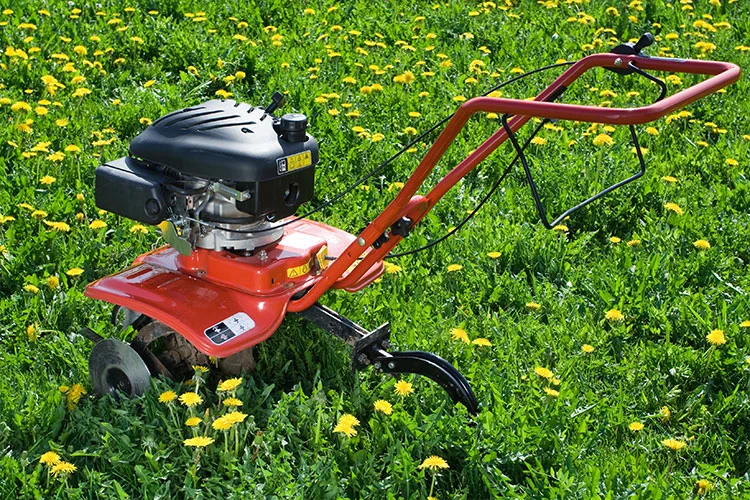Optimize Your Round Baler's Performance with a High-Quality PTO Shaft
The Power Take-Off (PTO) shaft is the critical link that transmits power from your tractor to your round baler, converting engine horsepower into the rotational force needed to form tight, uniform bales. Selecting the correct and robust PTO shaft for round balers is not just a matter of compatibility; it's a fundamental decision impacting operational efficiency, bale quality, and most importantly, operator safety. A well-designed PTO shaft ensures smooth power transfer, minimizes vibration, and withstands the demanding conditions of modern baling operations. This guide provides a detailed overview of our premium PTO shafts, their specifications, and key considerations for selection and maintenance.
Key Features of Our PTO Shafts for Round Balers
Our PTO shafts are engineered for reliability and durability, incorporating features that address common challenges in the field.
- Heavy-Duty Telescoping Design: Manufactured from high-strength alloy steel, the telescoping tubes allow for smooth length adjustment to accommodate varying distances between the tractor and baler during turns and elevation changes.
- Precision Universal Joints (U-Joints): Equipped with hardened and ground cross and bearing kits, our U-joints provide a consistent power angle, reducing wear and tear even under maximum torque loads.
- Integrated Safety Shields: Full rotational guarding is a standard, non-negotiable feature. Our shields are designed for durability and easy inspection, complying with industry safety regulations to protect operators from rotating components.
- Advanced Lubrication System: Zerk fittings are strategically placed for easy greasing of U-joints and slip yokes, promoting longer service life by ensuring critical components are properly lubricated.
- Quick-Attach End Yokes: Featuring standard 1-3/8" 6-spline or 21-spline end yokes, our shafts offer quick and secure connections to most tractor and baler PTO stubs, minimizing hook-up time.
Detailed Product Specifications
Choosing the right shaft requires matching its specifications to your equipment's requirements. Below is a detailed breakdown of our available models.
| Model Number | Minimum Length (Compressed) | Maximum Length (Extended) | Tube Diameter | Rated RPM | Maximum Horsepower (HP) | Standard End Yokes |
|---|---|---|---|---|---|---|
| RB-PTO-640 | 40 inches | 64 inches | Series 4 (1-3/4") | 1000 RPM | 80 HP | 1-3/8" 6-Spline |
| RB-PTO-760 | 48 inches | 76 inches | Series 5 (2-1/16") | 1000 RPM | 130 HP | 1-3/8" 6-Spline / 21-Spline |
| RB-PTO-890 | 55 inches | 89 inches | Series 6 (2-3/8") | 1000 RPM | 180 HP | 1-3/8" 21-Spline |
| RB-PTO-6105 | 65 inches | 105 inches | Series 6 (2-3/8") | 1000 RPM | 180 HP | 1-3/8" 21-Spline |
Universal Joint and Torque Capacity
The universal joint is the heart of the PTO shaft. Its size and construction determine the torque it can handle. Our joints are rated for high-performance applications.
| Series | Cross Bearing Size | Maximum Continuous Torque (lb-ft) | Application Guide |
|---|---|---|---|
| Series 4 | 24.5 mm | 310 lb-ft | Ideal for smaller round balers and mid-range tractors. |
| Series 5 | 30.2 mm | 530 lb-ft | Suited for standard and large round balers with higher horsepower demands. |
| Series 6 | 34.9 mm | 780 lb-ft | Designed for high-capacity balers and high-horsepower tractors for maximum durability. |
Frequently Asked Questions (FAQ)
How do I select the correct PTO shaft length for my round baler?
To determine the correct length, measure the distance between the tractor's PTO stub and the baler's input shaft when the baler is lifted to its maximum working height and the tractor is at its sharpest turning angle relative to the baler. The PTO shaft you select should be slightly longer than this minimum distance when fully compressed and should not be stretched to its absolute limit when the equipment is in a straight line. A good rule is to ensure the telescoping tubes have at least 1/3 of their length overlapping during operation.
What is the difference between a 6-spline and a 21-spline yoke?
The difference lies in the number of splines on the yoke that connects to the tractor or baler. A 1-3/8" diameter, 6-spline yoke is the traditional standard for older tractors and many implements. A 1-3/8" diameter, 21-spline yoke is a newer standard found on modern, high-horsepower tractors. The 21-spline design offers a greater surface area for torque transmission, making it capable of handling higher power levels. It is crucial to match the yoke on your PTO shaft to the spline count of your equipment's PTO stub. Adapters are available but can introduce points of failure.
Why is my PTO shaft vibrating excessively?
Excessive vibration is a serious issue that can damage both the shaft and your equipment. Common causes include: imbalance due to a missing or damaged safety shield, worn or dry universal joints, lack of lubrication in the slip yoke, a bent or damaged tube, or incorrect alignment between the tractor and baler. Always stop operation immediately if severe vibration occurs. Inspect the shaft for damage, ensure it is properly greased, and check that the shields are intact and correctly positioned.
How often should I lubricate my PTO shaft?
Lubrication frequency depends on usage. For heavy daily use, greasing the universal joints and the slip yoke before each use is recommended. For average use, a thorough greasing after every 10-15 hours of operation is a good practice. Always use a high-quality, lithium-based extreme pressure (EP) grease. Pump grease into the zerk fittings until you see fresh grease purging from the seals of the U-joints, indicating the old grease has been displaced.
Can I repair a damaged PTO shaft, or should I replace it?
Minor components like universal joint cross and bearing kits or worn end yokes can often be replaced if the main tubes are straight and undamaged. Repair kits are available for many models. However, if the telescoping tube is bent, cracked, or severely corroded, the entire shaft must be replaced for safety reasons. A damaged tube can fail catastrophically under load. Always prioritize safety over cost when considering repairs.
Is the safety shield really necessary?
Yes, absolutely. The safety shield is the most critical safety feature on a PTO shaft. It is designed to contain the rotating shaft, preventing contact with clothing, limbs, or debris. Operating a PTO shaft without a properly installed and intact safety shield is extremely dangerous and violates occupational safety standards. Never operate equipment if the shield is missing, damaged, or locked in a rotated position.
What does the series number (e.g., Series 5, Series 6) refer to?
The series number corresponds to the size and strength of the PTO shaft components, primarily the outer diameter of the telescoping tubes and the size of the universal joints. A higher series number indicates a larger, heavier-duty shaft capable of transmitting more torque and horsepower. It is essential to select a series that meets or exceeds the power requirements of your tractor and the torque demand of your round baler to prevent premature failure.





